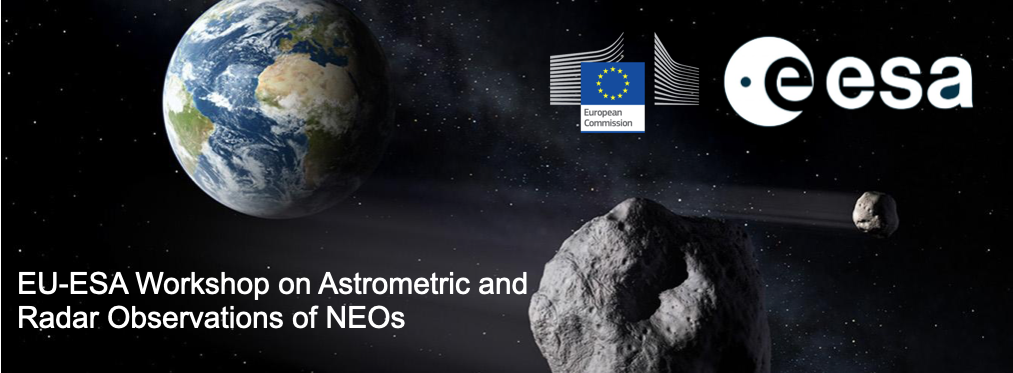Speaker
Description
Occultations of stars by solar system objects provides a very accurate differential position of the object relative to the occulted star. The precision of this measurement can reach micro-arcsecond levels, particularly in the outer solar system. The conversion of such constraints into absolute astrometry requires separate knowledge of the star position. Starting with the release of the Gaia DR2 catalog, the star positions were finally good enough to produce astrometry that is most similar to what is possible with radar ranging. A common approach to this uses the concept of the "fundamental plane". I have developed an alternate methodology that provides equivalent astrometry but is based on a simpler geometric approach. I will describe this process along with some approaches for finding the center of the object and then estimating non-gaussian error envelopes for the astrometry. Also included will be a summary of the precision possible for different types of solar system bodies from NEAs out to TNOS.

